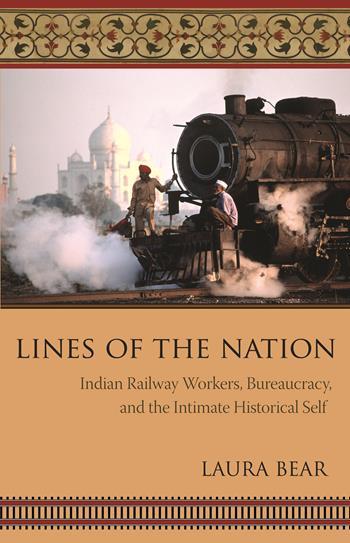According to Our Hearts: Rhinelander v. Rhinelander and the Law of the Multiracial FamilyPosted in Books, Law, Media Archive, Monographs, United States on 2013-11-12 17:24Z by Steven |
According to Our Hearts: Rhinelander v. Rhinelander and the Law of the Multiracial Family
Yale University Press
2013-06-18
344 pages
6 1/8 x 9 1/4
30 b/w illus.
Cloth ISBN: 9780300166828
Angela Onwuachi-Willig, Charles M. and Marion J. Kierscht Professor of Law
University of Iowa
This landmark book looks at what it means to be a multiracial couple in the United States today. This book begins with a look back at a 1925 case, in which a two-month marriage ends with a man suing his wife for misrepresentation of her race, and shows how our society has yet to come to terms with interracial marriage. Angela Onwuachi-Willig examines the issue by drawing from a variety of sources including her own experiences. She argues that housing law, adoption law, and employment law fail, in important ways, to protect multiracial couples. In a society in which marriage is used to give, withhold and take away status—in the workplace and elsewhere—she says interracial couples are at a disadvantage, which is only exacerbated by current law.









